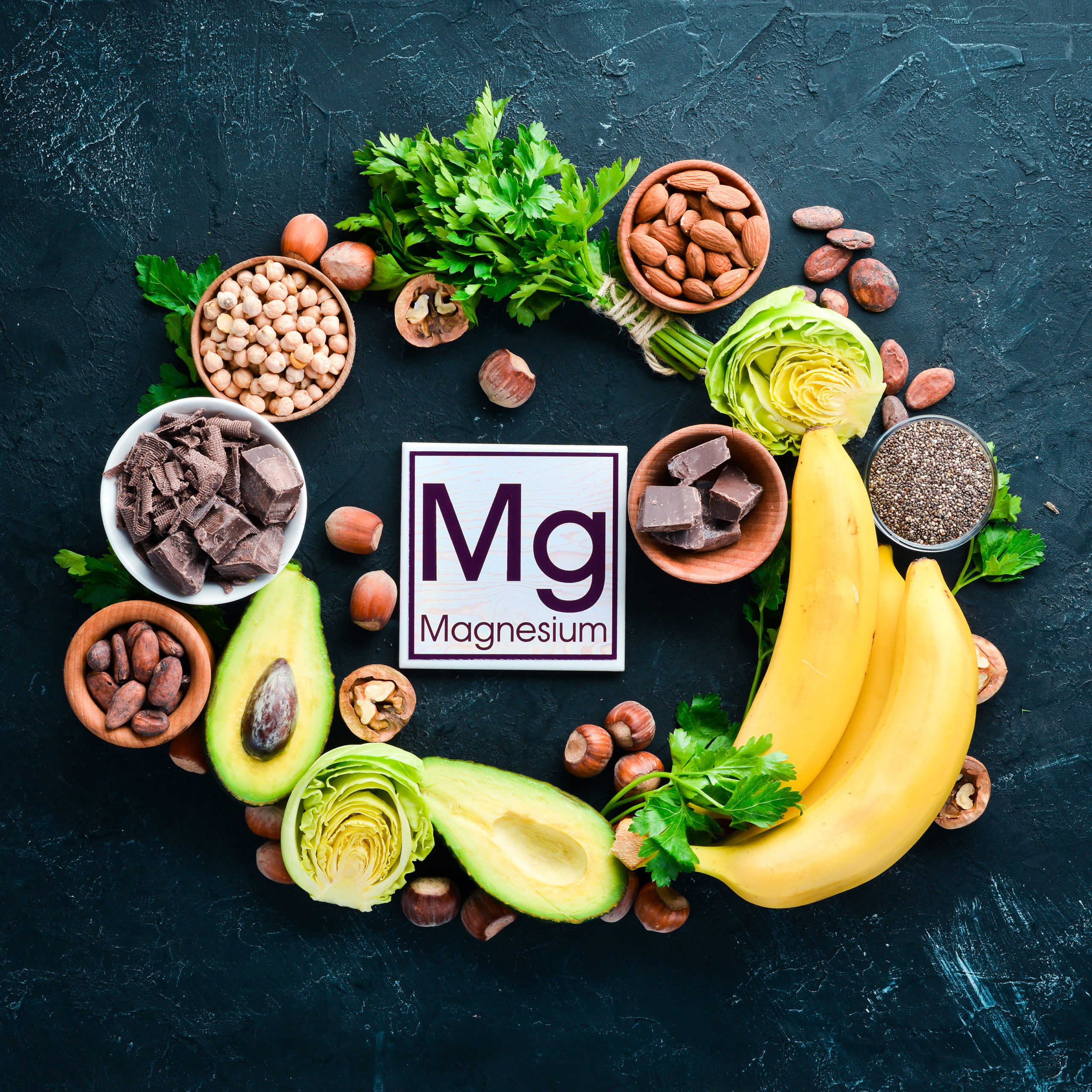By Dr. Libby Rens
Magnesium is an undercover hero for yield and quality of crops. One of the key features of magnesium is its role as the central atom of the chlorophyll molecule, making it necessary for photosynthesis and carbohydrate production in the plant. Magnesium is also responsible for carbohydrate partitioning within the plant – meaning it’s key for moving sugars and energy from where it’s produced in the leaves and into the grain, fruit, or harvested product. How does Mg react in the soil, why do crops need Mg, and what are some considerations for applying Mg?
Magnesium and the Soil
Magnesium exists in the soil as the cation Mg2+; therefore, the soil’s Cation Exchange Capacity (CEC) helps to hold it in the root zone. However, magnesium is a bit more susceptible to leaching than other nutrient cations like calcium and potassium. For this reason, soils high in calcium or potassium may have low or imbalanced magnesium. Leaching and runoff of magnesium can be exacerbated in light, acidic soils in humid regions. Magnesium deficiency is common in regions characterized by very sandy soils, acid soils, and areas with surface irrigation low in magnesium like the Southeastern US.
helps to hold it in the root zone. However, magnesium is a bit more susceptible to leaching than other nutrient cations like calcium and potassium. For this reason, soils high in calcium or potassium may have low or imbalanced magnesium. Leaching and runoff of magnesium can be exacerbated in light, acidic soils in humid regions. Magnesium deficiency is common in regions characterized by very sandy soils, acid soils, and areas with surface irrigation low in magnesium like the Southeastern US.
Higher Risk Soils:
• Sandy – crops need available nutrients to be concentrated in the root zone. Sandy soils have a high infiltration rate and magnesium leaching potential.
• Low CEC – low cation exchange capacity makes magnesium at risk for leaching and runoff
• High calcium – magnesium is held less strongly by the soil than calcium, and calcium also competes for plant uptake.
• Increased use of potassium and ammonium-based fertilizers – repeated, heavy applications of nutrient cations without a magnesium source leads to competition in the soil and plant uptake.
• Magnesium mobility – Magnesium is very mobile in the soil profile compared to other cations because it has a large hydration radius making it less bound to the soil.
• Acidic pockets – magnesium availability decreases under pH 6.5 and severely decreases under pH 5.5.
Magnesium and the Plant
One of the first magnesium deficiency results is reduced partitioning of carbohydrates from the leaves into the harvested product. This reduces yield potential and limits the extent of root exploration for nutrient and water uptake. Additionally, magnesium is necessary for the growth and productivity of plants at a basic level, as it is a key factor in photosynthesis, enhancing assimilation and carbohydrate translocation, and enhances nitrogen uptake and utilization.
Magnesium’s competition with other nutrient cations like potassium and calcium also impacts root uptake. When the proportion of magnesium is low, it can also lead to imbalanced nutrient uptake. This is an issue even in soils with the seemingly high native magnesium content. In these cases, it’s important to apply a balanced magnesium source, like Intrepid Trio®, that includes balanced potassium and magnesium to ensure adequate availability and uptake.
Visible magnesium deficiency symptoms begin at the base of the plant. Leaves become yellow with interveinal chlorosis, sometimes leading to purple or necrotic leaf margins. Since magnesium is mobile within the plant, the new leaves ‘steal’ it from the old leaves. Maintaining healthy foliage is crucial for producing high yields. Remember that symptomatic yellowing is also reducing crop photosynthetic productivity!
Practical Magnesium Application
Application rate decisions balance how much magnesium is in your soil, how much are you likely to lose due to leaching, runoff, crop removal, and the level required to support plant growth for maximum yield. Use this time pre-season to develop an efficient and environmentally responsible nutrient management program and monitor plant and soil nutrient status throughout the season. The first step is to get your soil tested for magnesium to determine your fields’ baseline levels.
If tissue magnesium drops below your crop’s threshold, then in-season correction is necessary. Apply an immediately available magnesium source like Intrepid Trio® to secure crop magnesium demand before it leads to reduced crop productivity. Incorporating Intrepid Trio® as part of a custom blend for crops provides nutrition for potassium, magnesium, and sulfur at an ideal nutrient availability ratio.
Intrepid Trio®
Incorporating Intrepid Trio® as part of a custom blend for row crops provides complete crop nutrition for potassium, magnesium, and sulfur. Intrepid Trio® is 100% natural langbeinite, a unique mineral with three essential nutrients in every granule. Trio® provides a long-lasting, readily available low-chloride potassium source (22% K2O), 11% magnesium, and 22% sulfur at a ratio ideal for row crops grown in acidic, sandy, low CEC soils. Intrepid Trio® is also available in OMRI listed grades approved for organic farming.

